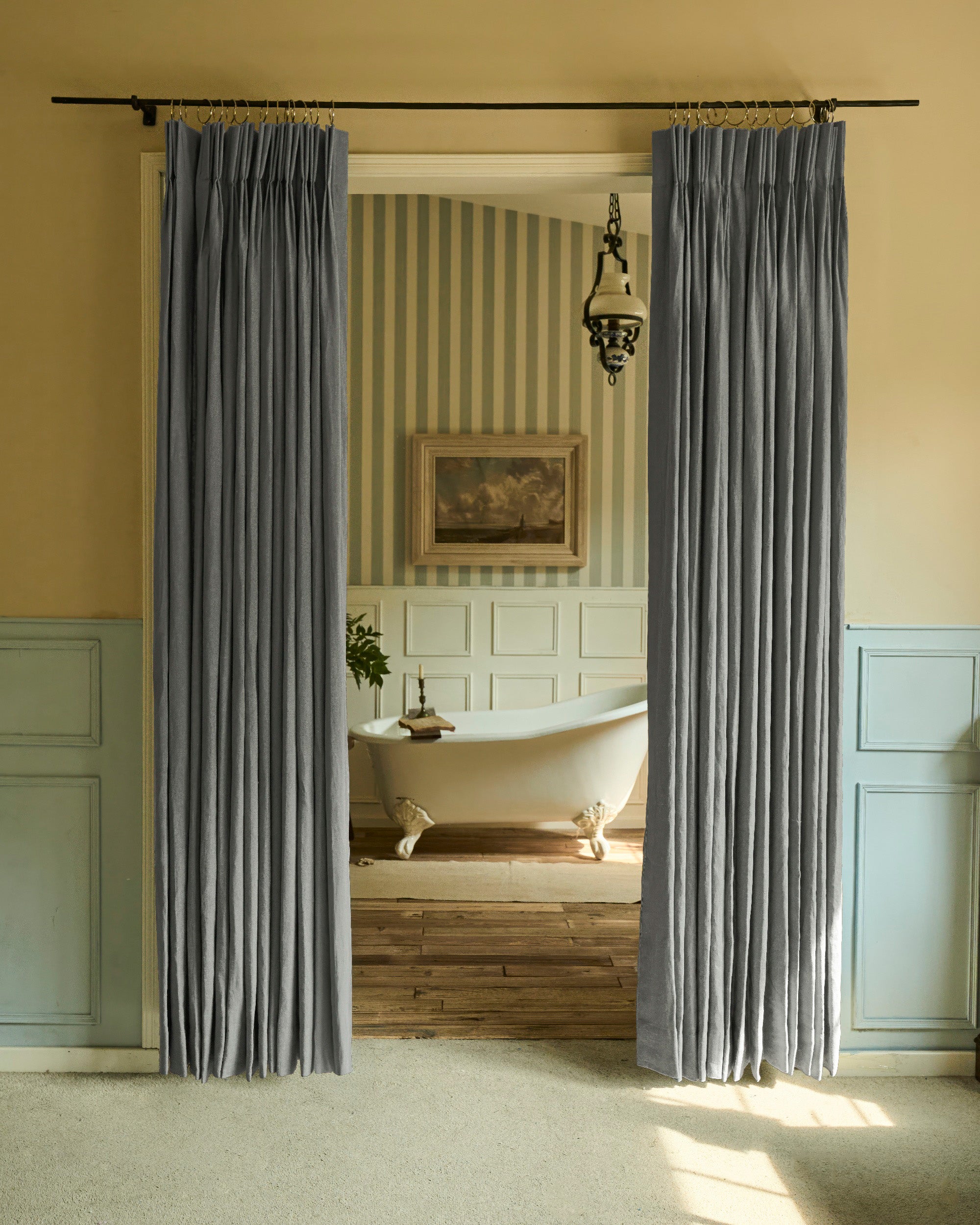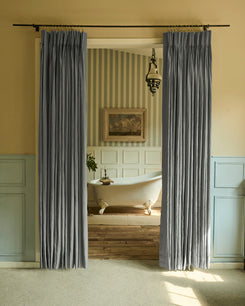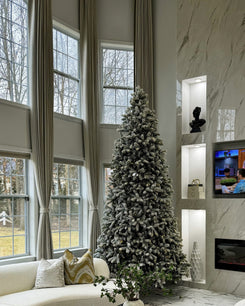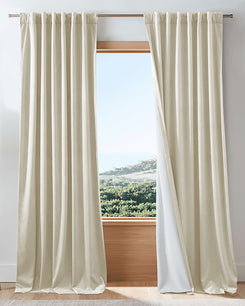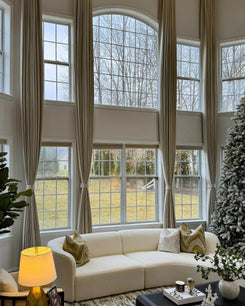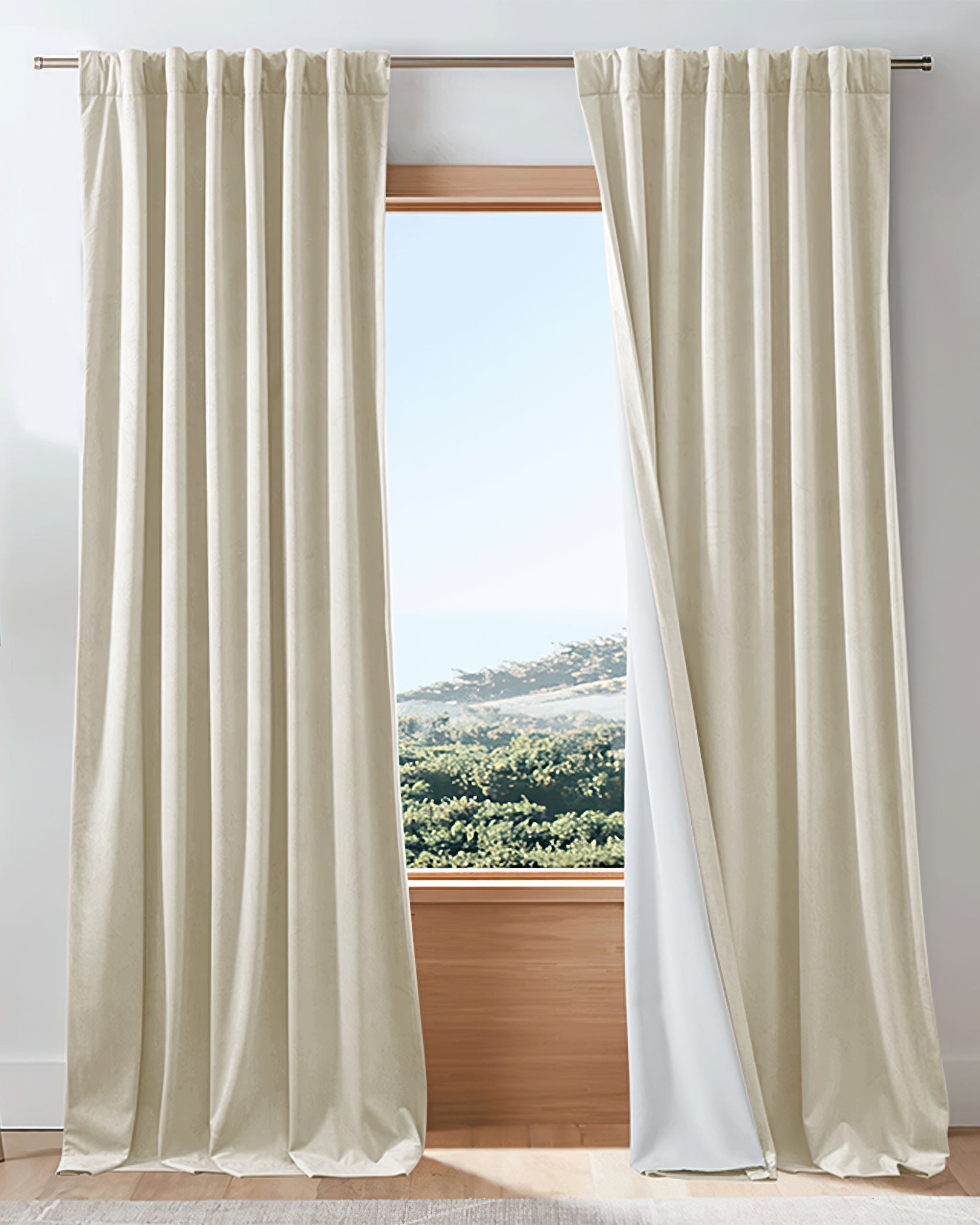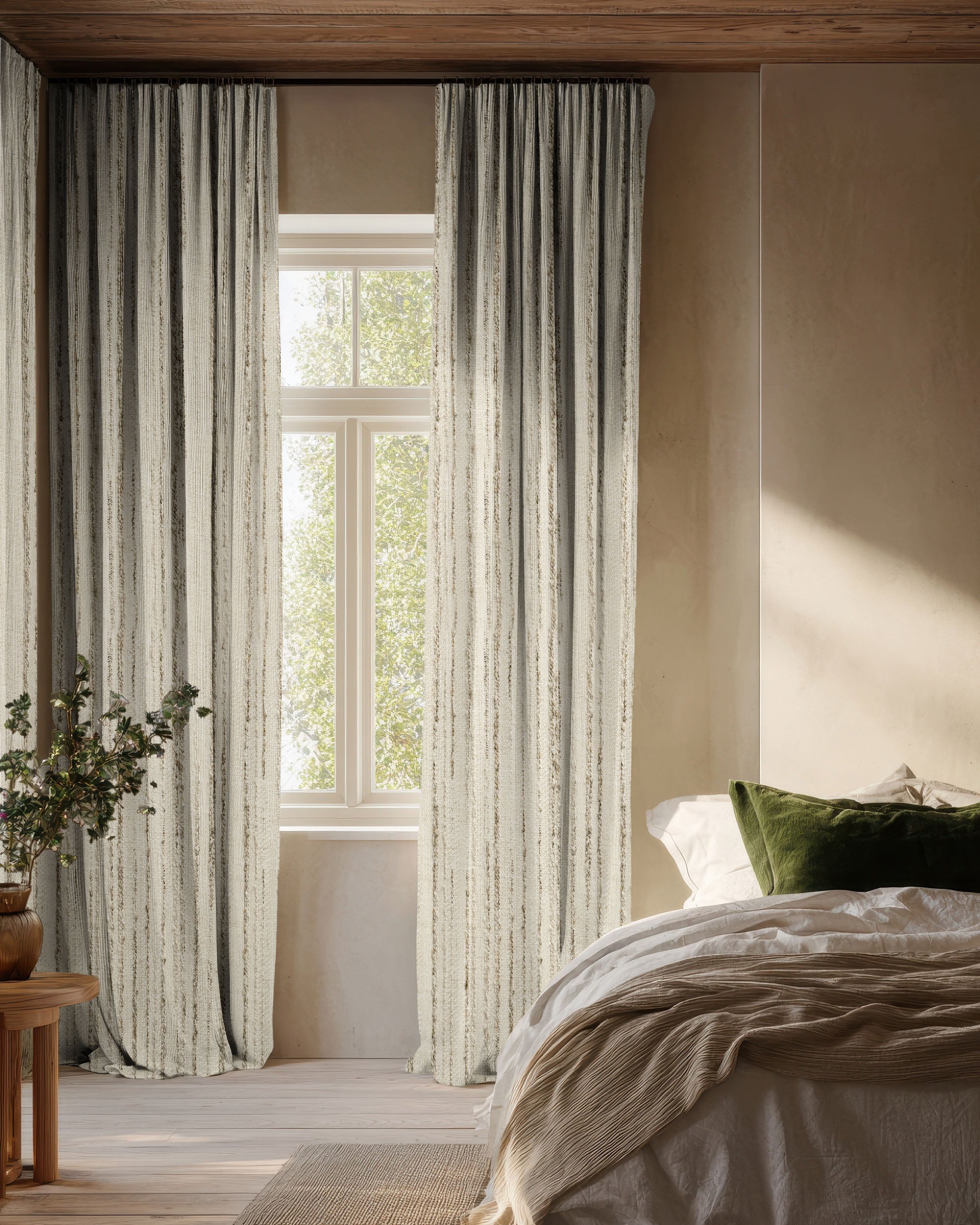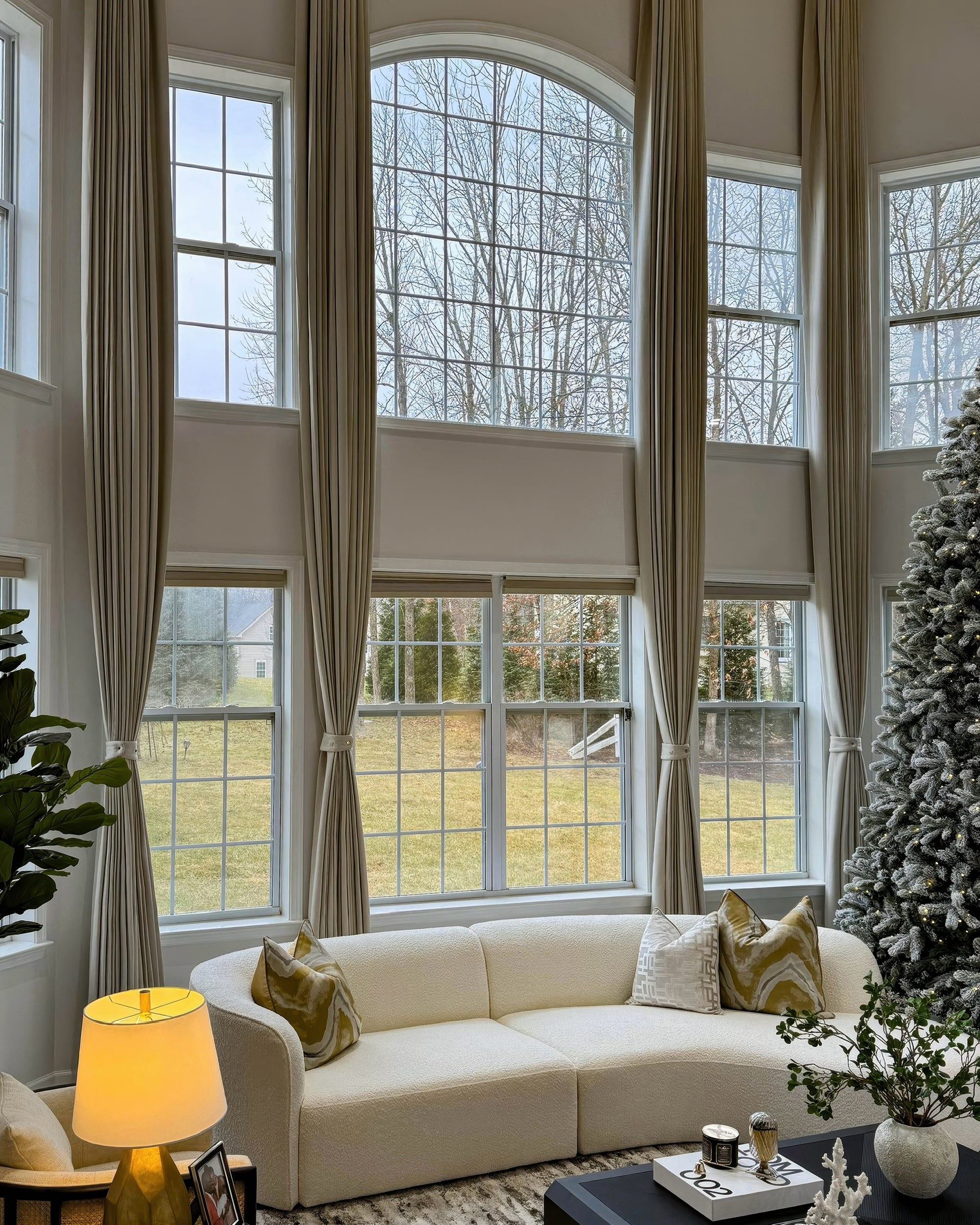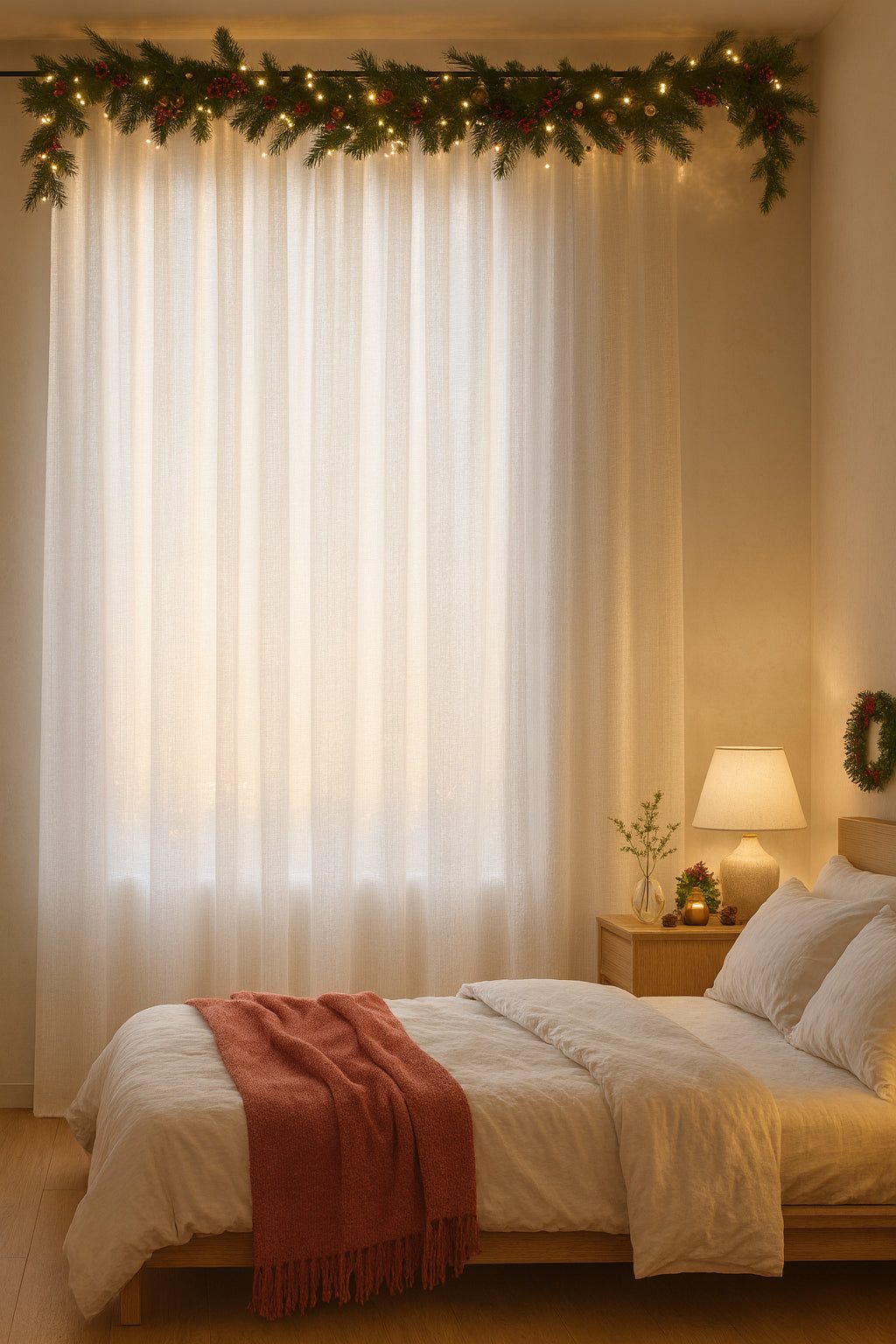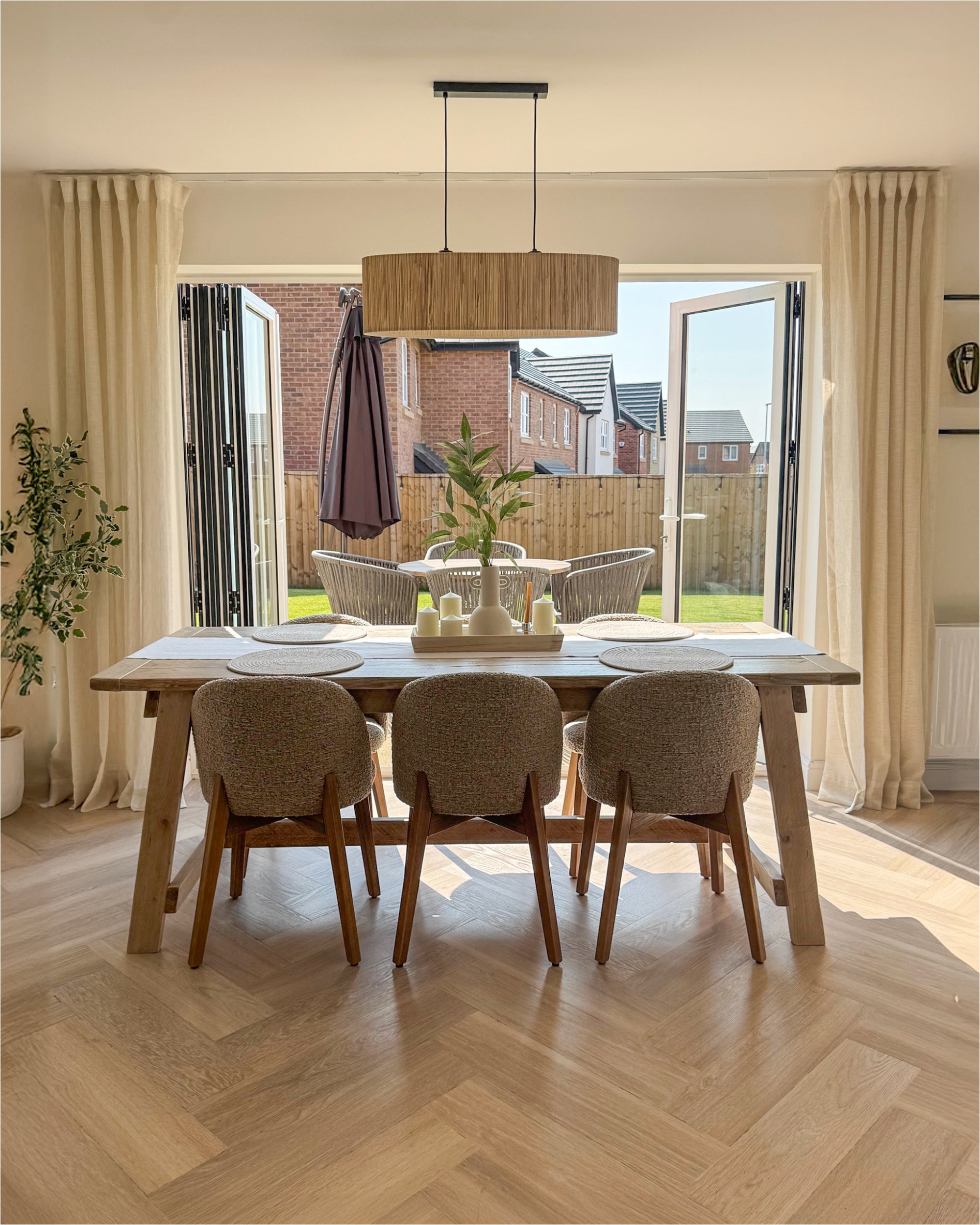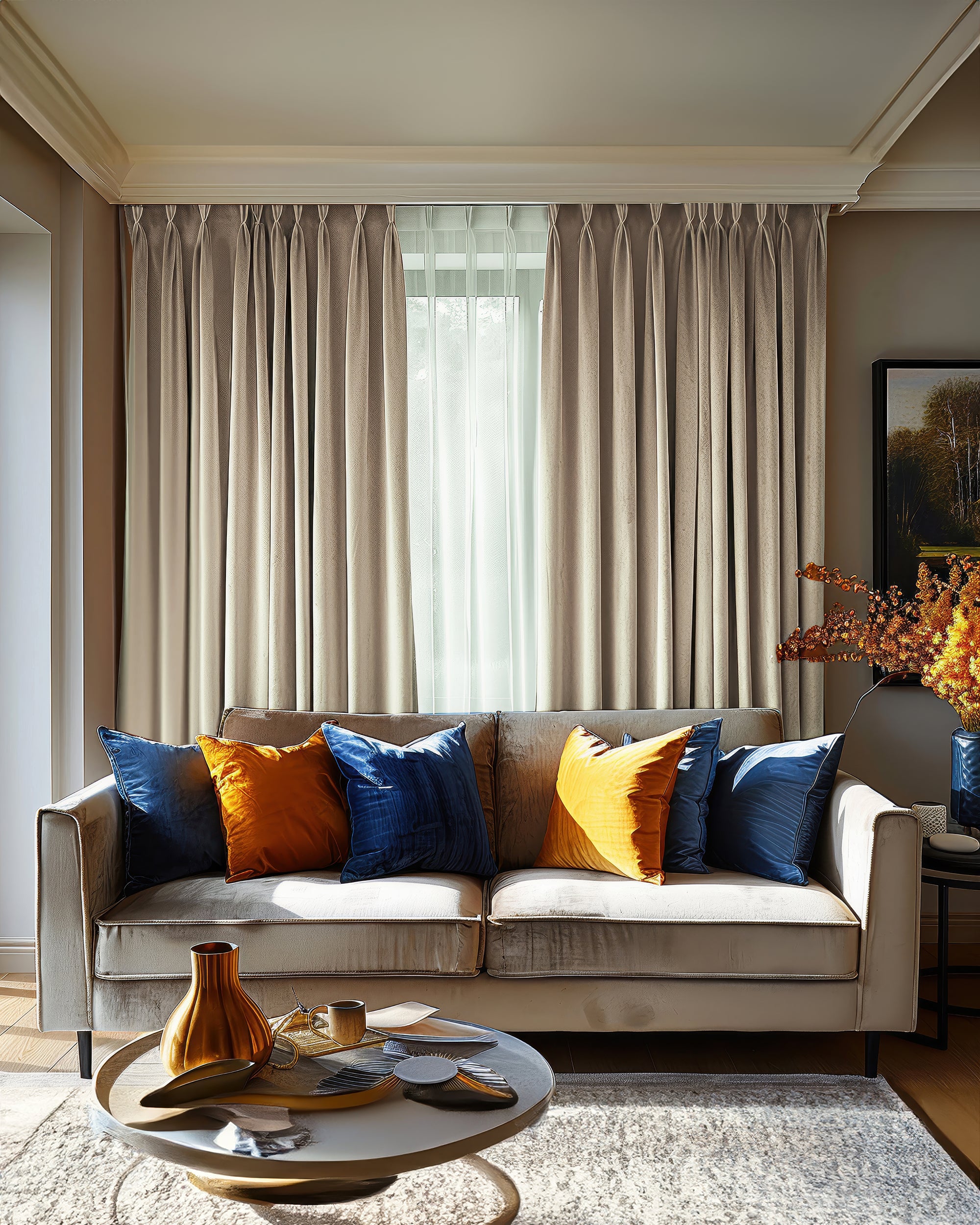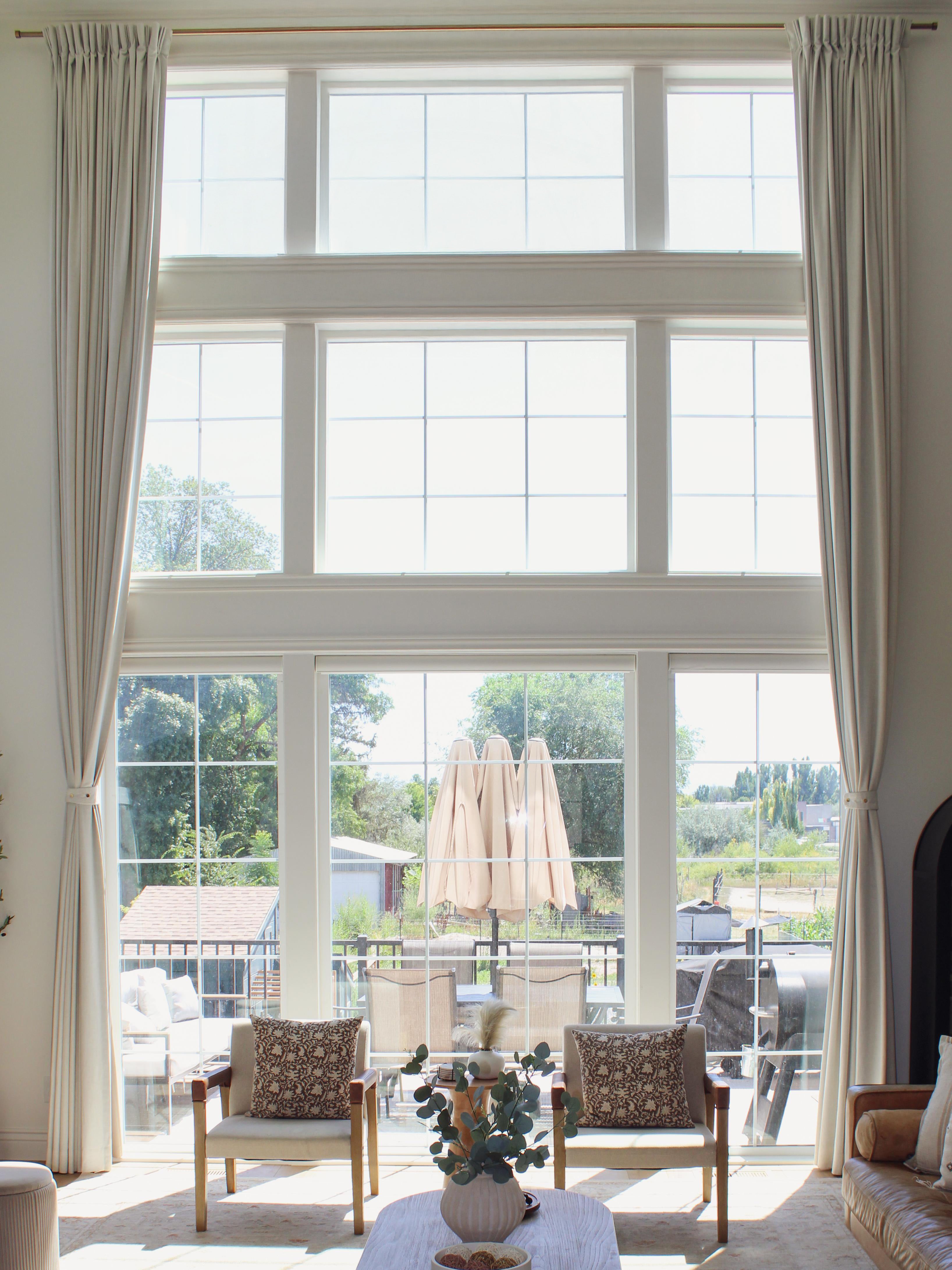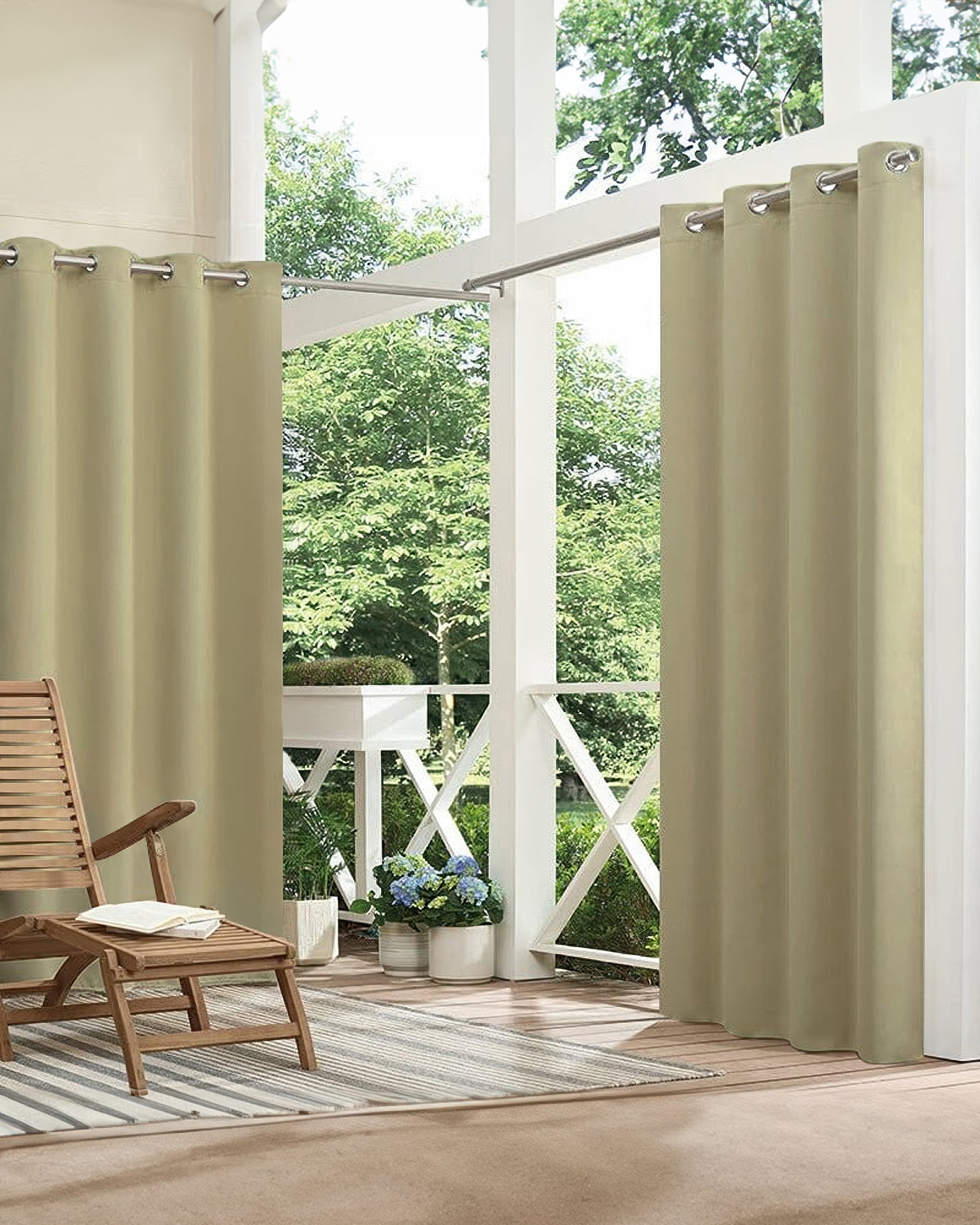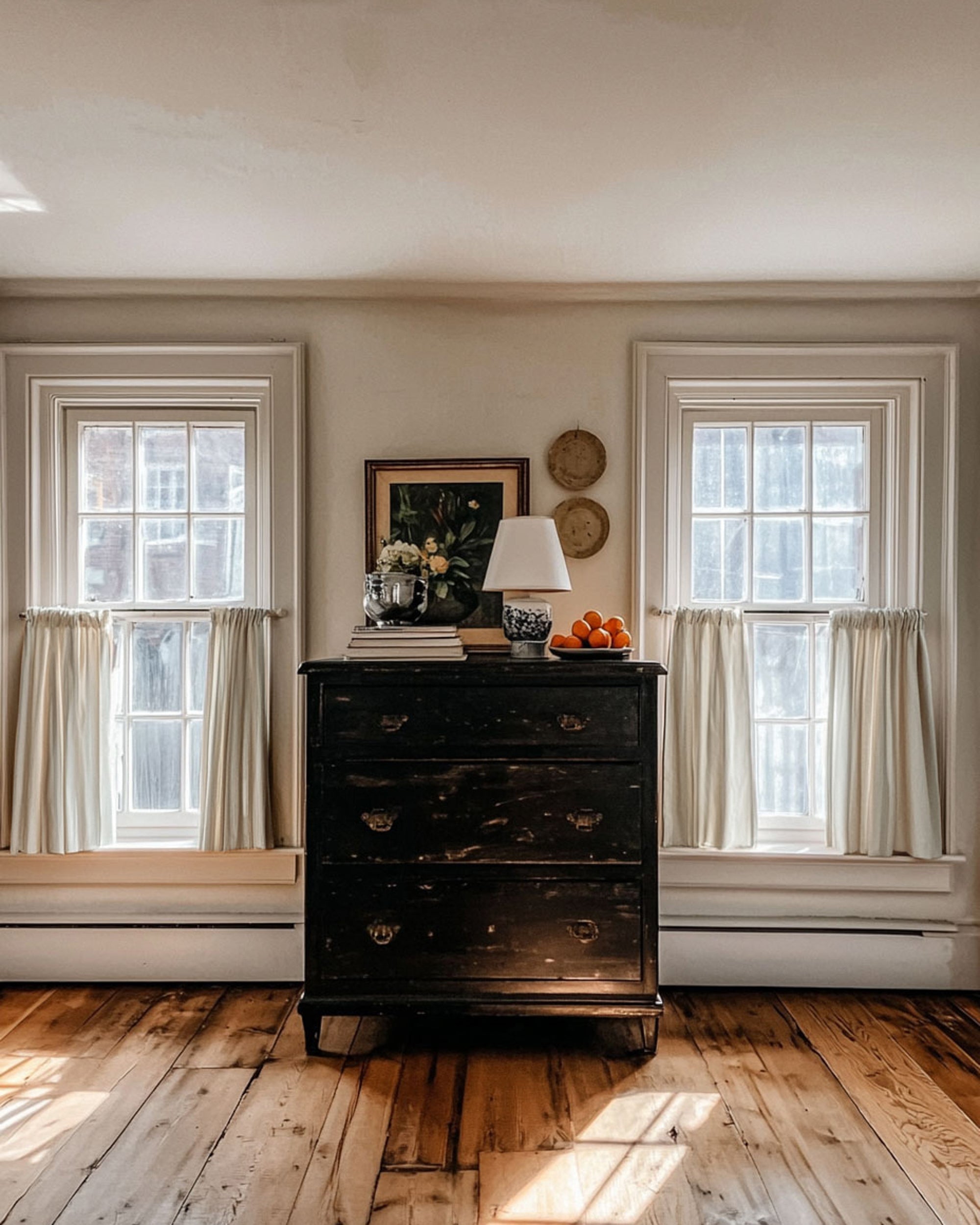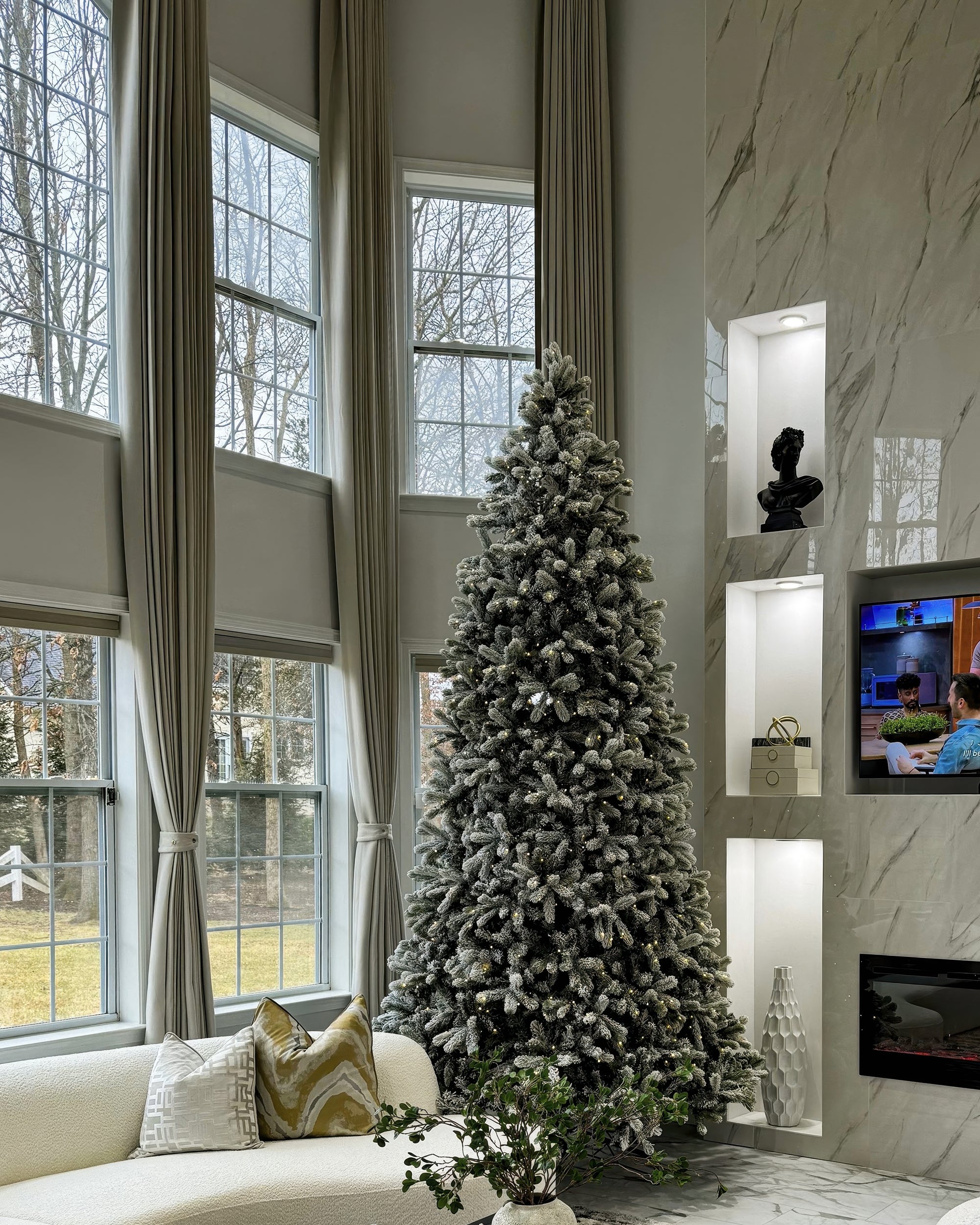Most people choose curtains based on color, only to regret it the first time they try to sleep in on a Saturday or pay their heating bill in January. The fabric isn't just about the look; it dictates how your room breathes, sounds, and handles light. Texture, weight, and lining are the invisible mechanics of a comfortable home.
Linen: The "Relaxed Luxury" Look

Linen is the top choice for an organic, airy aesthetic. It filters light beautifully, revealing the natural weave of the fabric when the sun hits it. It is perfect for living rooms and dining spaces where you want a soft glow rather than total darkness.
The Reality Check: Real linen has a characteristic "slub" and texture. Yes, it wrinkles, but that is part of the charm—it signals a high-end, natural material. If you love the look but hate the upkeep, look for high-quality linen-poly blends. They offer that same breezy drape but hold up better against humidity and resisting creases.
Velvet: Insulation and Drama

Velvet is a powerhouse. It is often misunderstood as "stuffy" or "too formal," but in modern design, it serves a critical function: insulation. The dense pile of velvet naturally muffles street noise and traps heat, making it arguably the best choice for bedrooms, drafty windows, or media rooms.
Don't be afraid of the weight. That weight allows the curtain to hang perfectly straight and creates distinct "columns" of color that can make low ceilings feel higher. Just ensure your curtain rod is anchored into studs—velvet commands presence and requires support.
Cotton and Canvas: Crisp, Clean, and Versatile

Cotton gets a bad reputation as "basic," but a heavy cotton canvas or sateen offers a tailored, crisp profile that linen and velvet can't match. If you prefer a neat, structured pleat and a matte finish, cotton is your answer.
It works exceptionally well in transitional and modern farmhouse interiors. However, keep in mind that 100% cotton is susceptible to shrinking and sun-fading over time. If you choose cotton for a south-facing window, a quality liner is mandatory to protect the fabric fibers.
The Secret Variable: The Lining
Here is where most buyers get confused: The fabric determines the style; the lining determines the function.
- Unlined: Purely decorative. Provides zero privacy at night.
- Privacy/Cotton Lining: Protects the fabric and filters light, but the room will still be bright at 7 AM.
- Blackout Lining: You can have a white linen curtain that blocks 100% of the sun if it has a blackout liner. If sleep is your priority, check the lining before you fall in love with the fabric.
Final Verdict: Test Before You Drill
Photos lie. A fabric that looks warm on a screen might look cold and gray in your north-facing living room. Always order swatches. Hold them up against the window during the day, and against the wall at night with your lamps on.
Your curtains occupy a huge amount of visual real estate in your home. Take the time to feel the weight and weave—it’s the difference between a room that looks "furnished" and a room that feels "finished."



